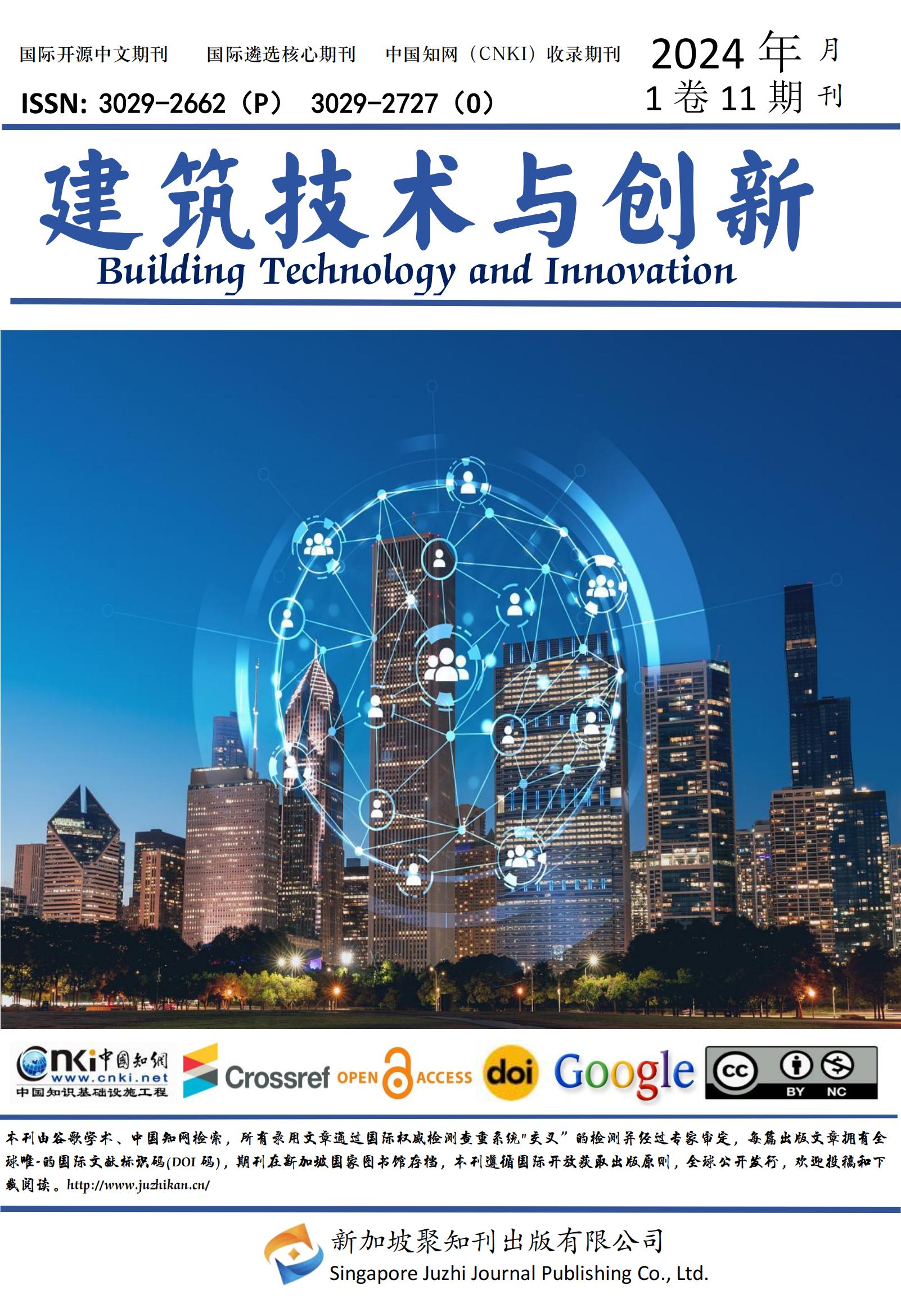
 info@juzhikan.asia
info@juzhikan.asia
 info@juzhikan.asia
info@juzhikan.asia
Taylor's University ,Subang Jaya Selangor Malaysia,47500;
摘要:这项研究调查了建筑设计如何影响马来西亚教育建筑的热舒适性,马来西亚以温暖潮湿的热带气候而闻名。该研究采用了混合方法,包括对300名学生的调查以及定性访谈和观察,以确定对热舒适性有重大影响的关键建筑因素,如朝向、隔热、通风和遮阳。结果表明,人们对现有的高温条件普遍不满,强调了自然通风和有效遮阳在提高舒适度方面的必要性。该研究强调,需要以用户为中心的设计解决方案,使个人能够对热环境进行个人控制。建议采用建筑设计标准来提高教育环境中的热舒适性,这可以改善学习效果和整体健康状况。该研究的局限性表明了进一步研究的潜在领域,例如扩大人口范围和纳入客观的环境评估。
关键词:建筑设计;教育建筑;马来西亚;热舒适;学生幸福
参考文献
[1] Ahmad, M. H., Ossen, D. R., Madros, N. H., & Rahmat, I. (2019). The effect of building envelope on the thermal comfort and energy saving for high-rise buildings in hot-humid climates. Journal of Building Engineering, 25, 100772.
[2] Al-Obaidi, A. S. M., Lee, C. N., Kumar, A. S., & Frank, C. C. (2021). Impact of architectural design on thermal comfort in educational buildings. Journal of Engineering Science and Technology, 17(2), 21-29.
[3] Amat, S., Abdullah, Z., Wahab, M. H., & Maliki, N. Z. H. (2021). Enhancing the satisfaction of Malaysian public university students: The importance of psychosocial factors. International Journal of Academic Research in Business and Social Sciences, 11(14), 28-39.
[4] Hashemi, A. (2017). Impact of insulation on building energy consumption. Sustainable Cities and Society, 34, 474-487.
[5] Homod, R. Z., Sahari, K. S. M., Al-Obaidi, A. S. M., & Ismail, M. (2021). Thermal comfort assessment in educational buildings: A review of literature. Energy and Buildings, 230, 110566.
[6] Indraganti, M. (2017). Adaptive use of natural ventilation for thermal comfort in Indian apartments. Building and Environment, 121, 234-258.
[7] Ismail, M. A., & Abdullah, N. A. G. (2018). The effects of physical learning environment on students' social behavior in preschools. International Journal of Academic Research in Business and Social Sciences, 8(14), 135-148.
[8] Jamaludin, A., Rahmat, I., & Maliki, N. Z. H. (n.d.). The role of landscape strategies in enhancing student satisfaction in university educational environments.
[9] Karimimoshaver, M., & Shahrak, N. M. (2022). A comprehensive review of thermal comfort in educational buildings. Renewable and Sustainable Energy Reviews, 153, 111726.
[10] Mirrahimi, S., Mohamed, M. F., Haw, L. C., Ibrahim, N. L. N., Yusoff, W. F. M., & Aflaki, A. (2016). The effect of building envelope on the thermal comfort and energy saving for high-rise buildings in hot-humid climates. Procedia - Social and Behavioral Sciences, 222, 76-85.
[11] Rahman, M. H., & Ahmad, M. H. (2020). Thermal comfort in educational buildings: A review of literature. Building and Environment, 180, 107231.
[12] Suresh, S., Ramesh, S., & Al-Obaidi, A. S. M. (2022). Enhancing thermal comfort in educational buildings through passive design strategies. Energy Efficiency, 15(1), 13.
[13] Yang, J., Santamouris, M., & Lee, S. E. (2019). Green infrastructure for thermal comfort in educational buildings: A review. Building and Environment, 156, 315-327.